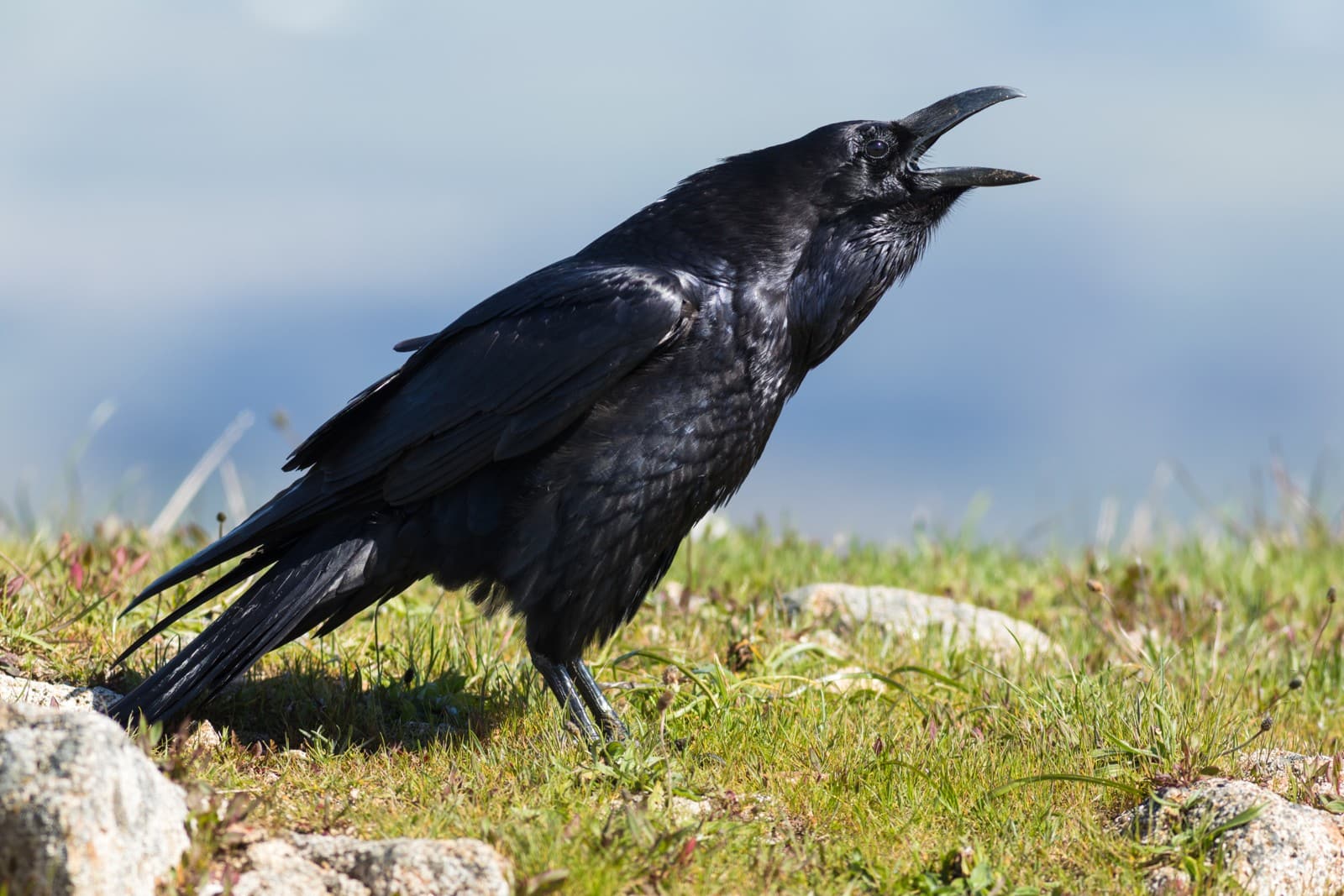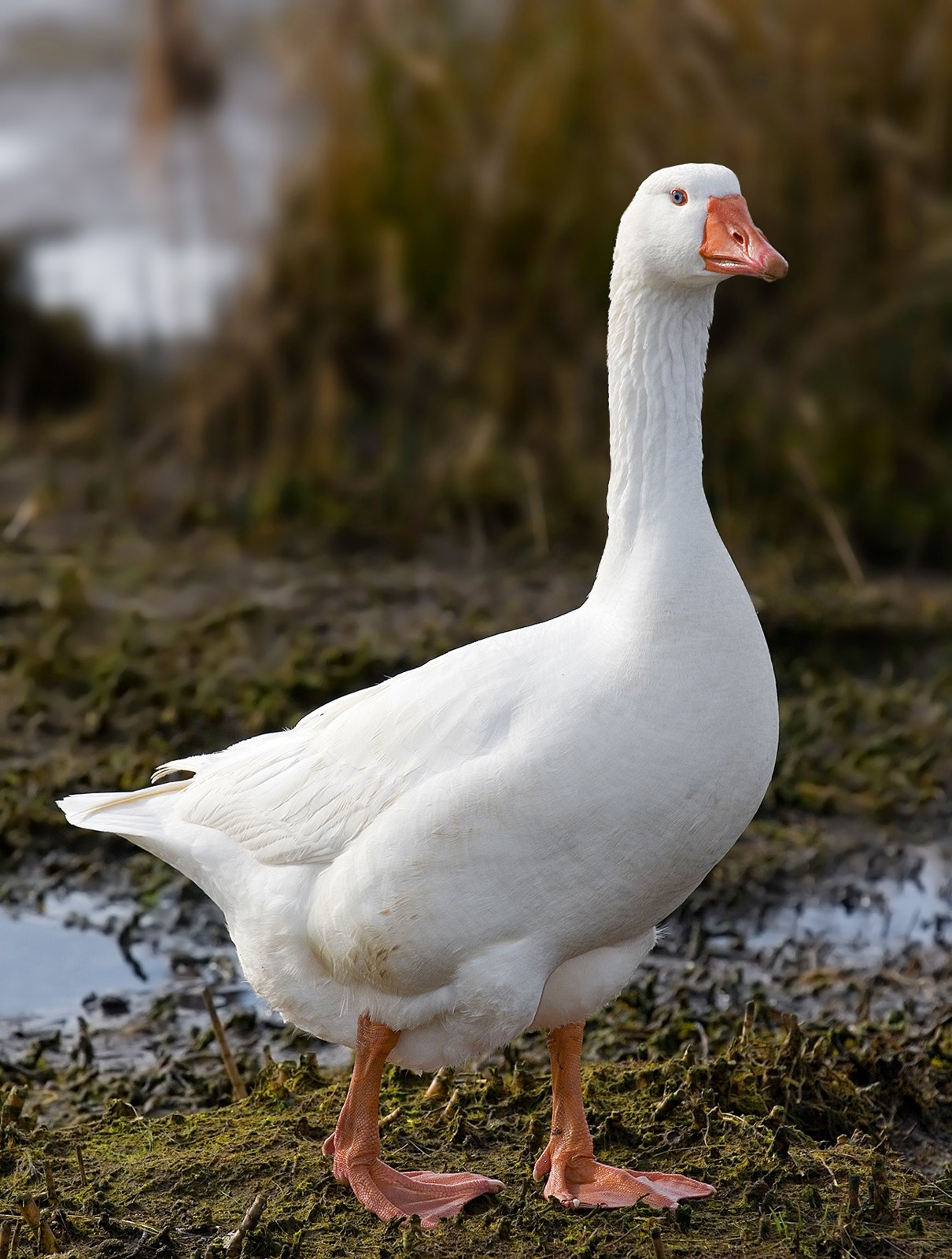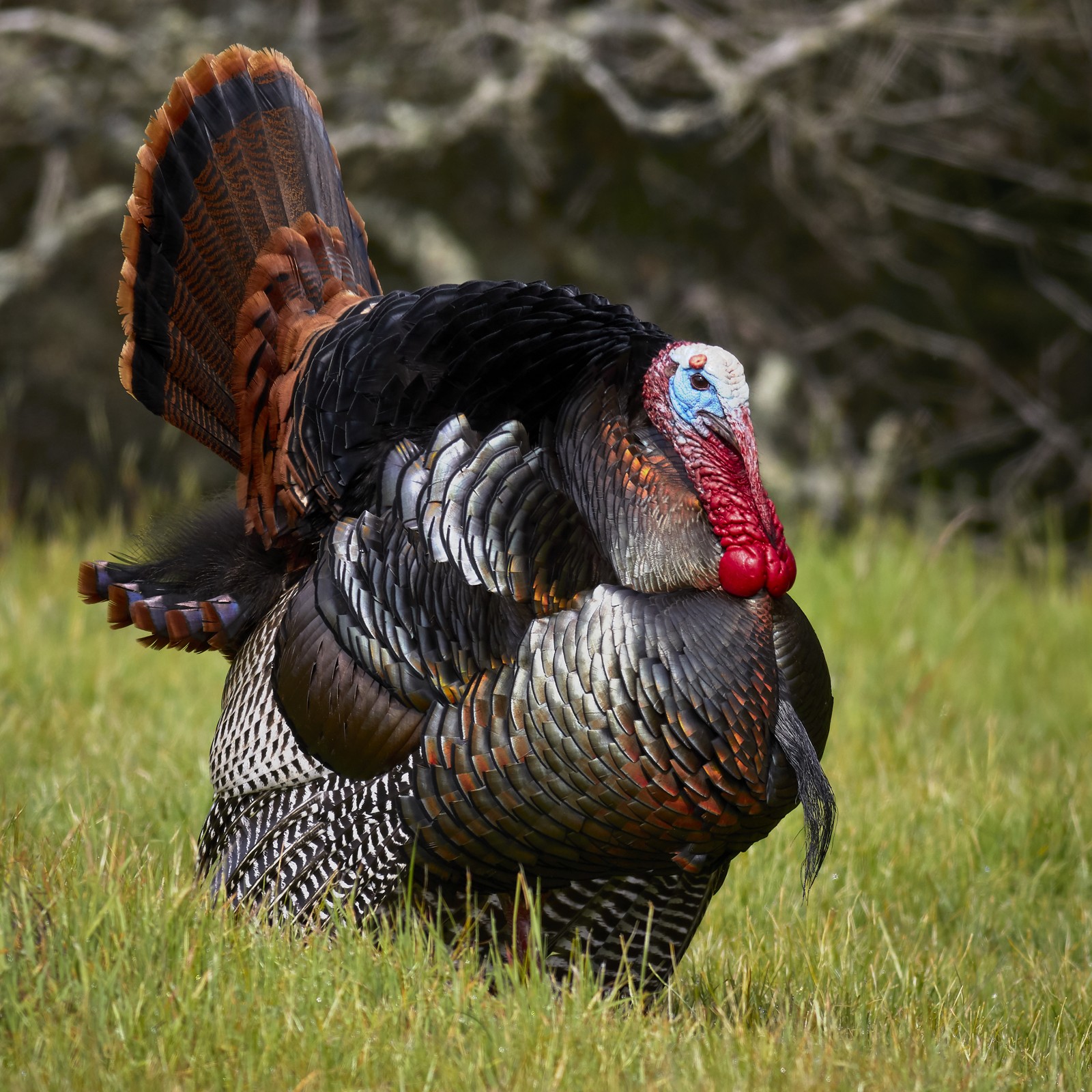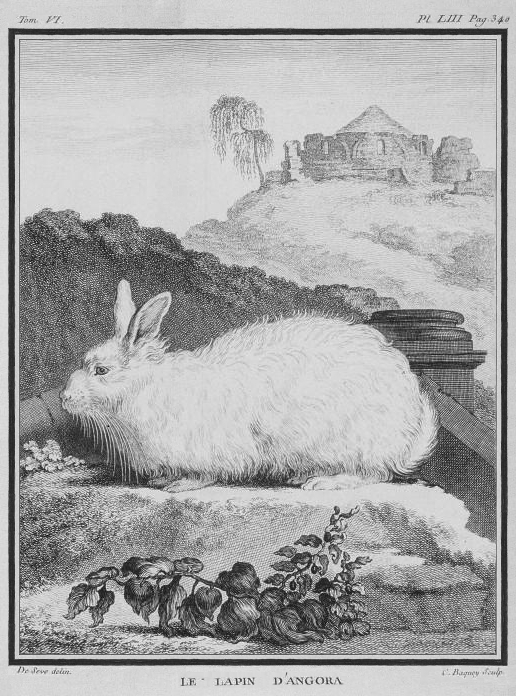Crow vs Raven: A Complete Comparison
When comparing a crow vs raven, size offers the most immediate distinction. Ravens typically measure 22-27 inches (56-69 cm) in length, nearly twice the size of American Crows at 16-21 inches (40-53 cm). But beyond mere measurements, these remarkable corvids differ in several fascinating ways that reflect their unique evolutionary paths.
While both species rank among nature’s most intelligent birds, capable of using tools and solving complex problems, ravens demonstrate more sophisticated social behaviors and possess a larger vocabulary of vocalizations. Their distinct characteristics have evolved to suit different ecological niches, making each species uniquely adapted to its environment.

© Alexis Lours / CC BY 4.0
The Common Raven showcases its distinctive features, including the massive bill and shaggy throat feathers that set it apart from its smaller crow cousins. Notice the robust head shape and iridescent plumage characteristic of these intelligent birds.

© Frank Schulenburg / CC BY-SA 4.0
A raven demonstrates its impressive size and vocal abilities, with its characteristic wedge-shaped bill clearly visible. The bird’s commanding presence and larger proportions contrast sharply with the more modest dimensions of crows.
Key Differences: Crow vs Raven Comparison
| Feature | Crow | Raven |
|---|---|---|
| Size | 16-21 inches (40-53 cm) | 22-27 inches (56-69 cm) |
| Weight | 11-21 oz (316-600 g) | 24-58 oz (680-1,645 g) |
| Wingspan | 33-39 inches (84-99 cm) | 45-51 inches (114-130 cm) |
| Bill Shape | Shorter, straighter | Longer, curved, thicker |
| Tail Shape | Fan-shaped when spread | Diamond or wedge-shaped |
| Voice | Higher-pitched “caw” | Lower, croaking “gronk” |
Physical Differences Between Crows and Ravens
The most reliable way to distinguish a crow from a raven lies in their physical characteristics. Ravens possess distinctively larger bills, nearly twice the size of a crow’s, with a more pronounced curve. Their throat feathers appear noticeably shaggy, forming what biologists call “hackles,” while crows maintain a smoother neck profile.
In flight, ravens display longer, more pointed wings with finger-like primary feathers, whereas crows show shorter, broader wings with a more rounded appearance. When soaring, ravens frequently glide and perform acrobatic displays, while crows maintain a steadier, more direct flight pattern with regular wing beats.
Behavioral Differences
Ravens exhibit more complex social behaviors than their crow counterparts. While both species form strong family bonds, ravens typically travel in pairs rather than the larger family groups characteristic of crows. Ravens also demonstrate more sophisticated problem-solving abilities in scientific tests, though both species rank among the world’s most intelligent birds.
Habitat and Distribution
Crows adapt readily to urban environments, thriving in cities and suburbs across North America. Ravens, conversely, prefer wilder spaces, including forests, mountains, and coastal areas. While their ranges often overlap, ravens generally maintain territories away from dense human populations, though exceptions exist in some urban areas with nearby wilderness.
Who Would Win: Crow vs Raven Combat Analysis
In theoretical confrontations, ravens hold several advantages over crows:
- Size advantage: 2-3 times heavier than crows
- Stronger bill: More powerful weapon in conflicts
- Greater strength: Larger muscle mass and wingspan
- Territory defense: More aggressive in protecting resources
However, crows rarely engage ravens one-on-one, instead employing mob tactics when territorial disputes arise. Multiple crows will coordinate to drive away larger ravens through persistent harassment rather than direct combat.
Vocalizations and Communication
The vocal repertoires of these birds differ significantly. Crows produce the familiar “caw” sound, typically in a higher pitch and more repetitive pattern. Ravens vocalize with a deeper, more varied array of sounds, including croaks, knocking sounds, and musical notes. Scientists have documented over 100 distinct vocalizations in ravens compared to around 30 in crows.
Intelligence and Problem-Solving
While both species demonstrate remarkable cognitive abilities, ravens show greater sophistication in certain areas:
- Tool use: More complex manipulation of objects
- Social intelligence: Better understanding of cause and effect
- Memory: Superior recall of human faces and past experiences
- Planning: Demonstrated ability to plan for future events
These differences reflect their evolutionary adaptations to different ecological niches and survival challenges.











